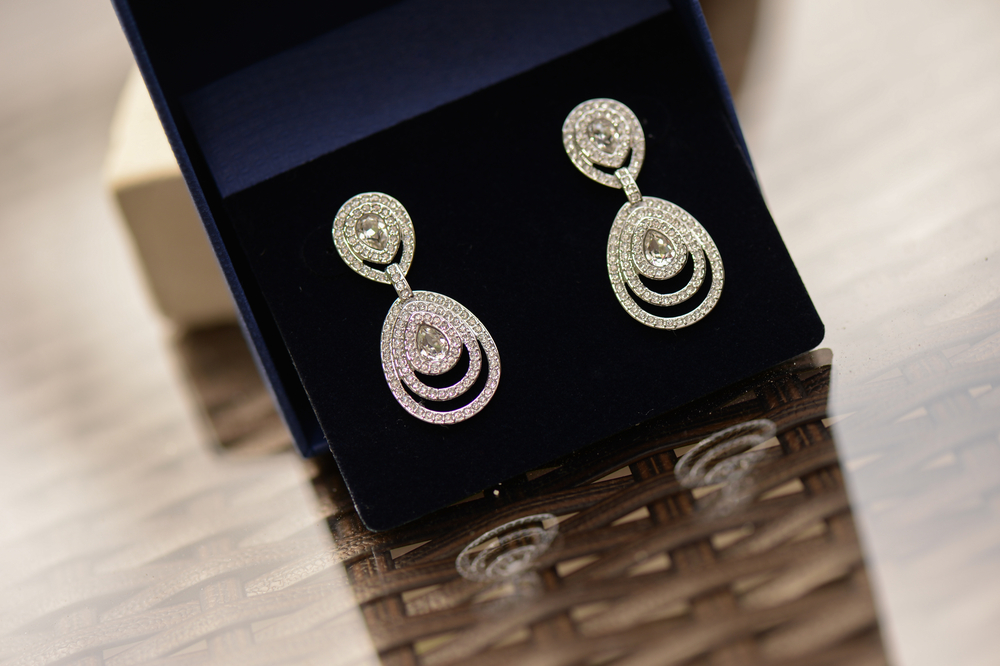
As technology develops, so do the processes used to make gemstones. One of these techniques involves producing synthetic or lab-grown diamonds. In comparison to the diamonds that are mined from the ground, these diamonds are made using a variety of techniques in a laboratory. Although these diamonds are frequently promoted as an affordable and morally superior option to traditional diamonds, they do have a number of drawbacks of their own. We will delve deeper into the drawbacks of synthetic diamonds in this article.
Resale Value
One of the biggest disadvantages of artificial diamonds is their lack of resale value. Artificial diamonds have little to no resale worth, unlike real diamonds, which retain their value or even increase over time. This is due to the fact that the market for these gems is still developing and unproven. It is unclear how they will fare over time or how the market will impact their worth.
Appearance
Artificial diamonds may resemble natural diamonds in appearance, but they are not the same. Some claim that they don’t have the distinctive qualities and sparkle of a real diamond. This is because artificial diamonds are often produced under controlled circumstances, which can result in a lack of variation in color and clarity. They may appear less vibrant and appealing due to this absence of variation.
Durability
The longevity of synthetic diamonds is another drawback. Although they are designed to be as resilient as natural diamonds, they sometimes cannot withstand the same degree of abrasion. This is due to the fact that they are frequently produced by different processes than real diamonds, which may lead to a weaker structure. Additionally, the production of synthetic diamonds may subject the diamond to internal stress, which over time may result in fractures and other forms of harm.
Size
The size of synthetic gems is also constrained. While traditional diamonds can be mined in large sizes, the technology for creating artificial diamonds is limited to smaller sizes. This implies that a large diamond may not be present in an artificial diamond if you are searching for one.
Impact On Environment

The effect artificial diamonds have on the environment is one of the biggest drawbacks. Artificial diamonds are promoted as an ethical substitute for natural diamonds, but their production still has a negative effect on the environment. These diamonds take a significant amount of energy to produce, and frequently, chemicals and other resources that may be harmful to the environment are used in the process.
In conclusion, artificial diamonds do have some drawbacks despite appearing to be a decent substitute for natural diamonds. Before deciding whether or not to buy an artificial diamond, it is crucial to consider the benefits and drawbacks, including their lack of resale value, restricted size, and possible durability issues. The environmental effect of these diamonds must also be taken into account, as must their ethical and sustainable production.
